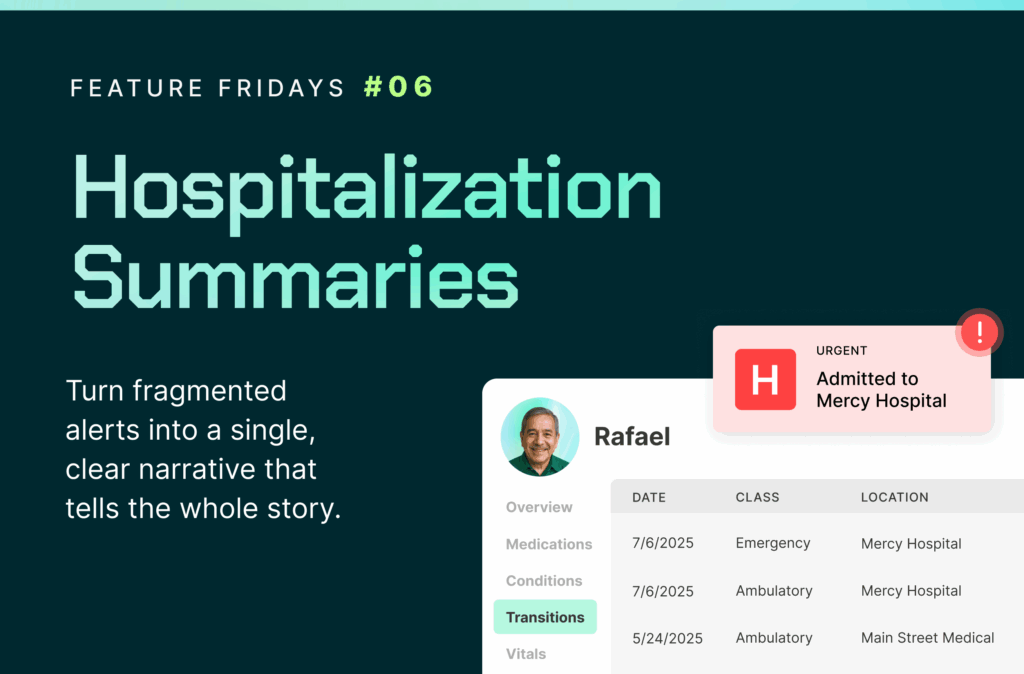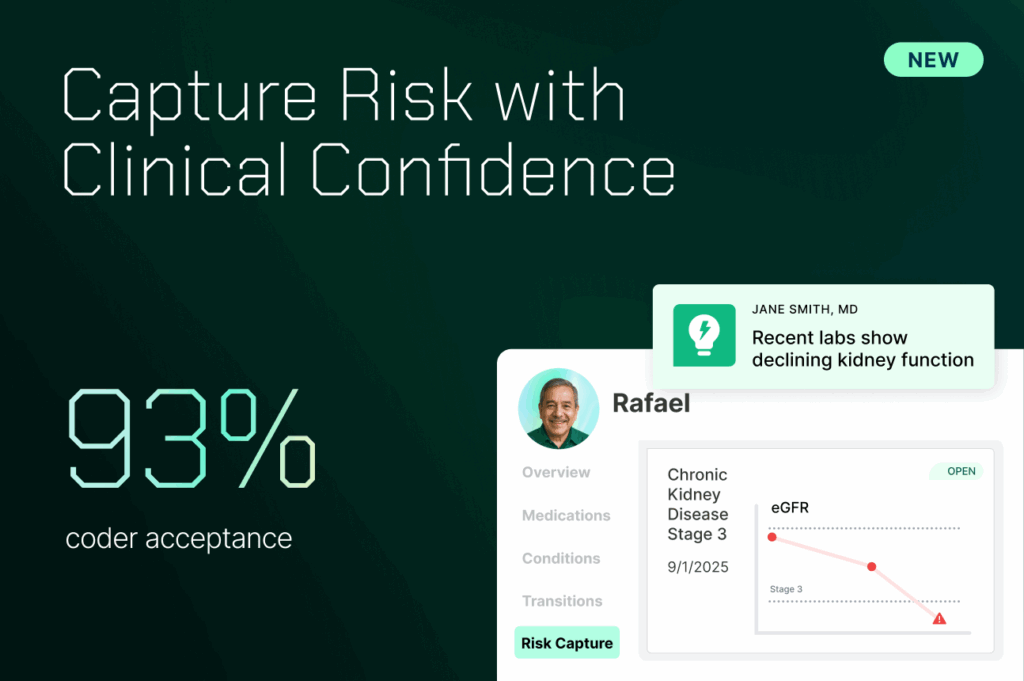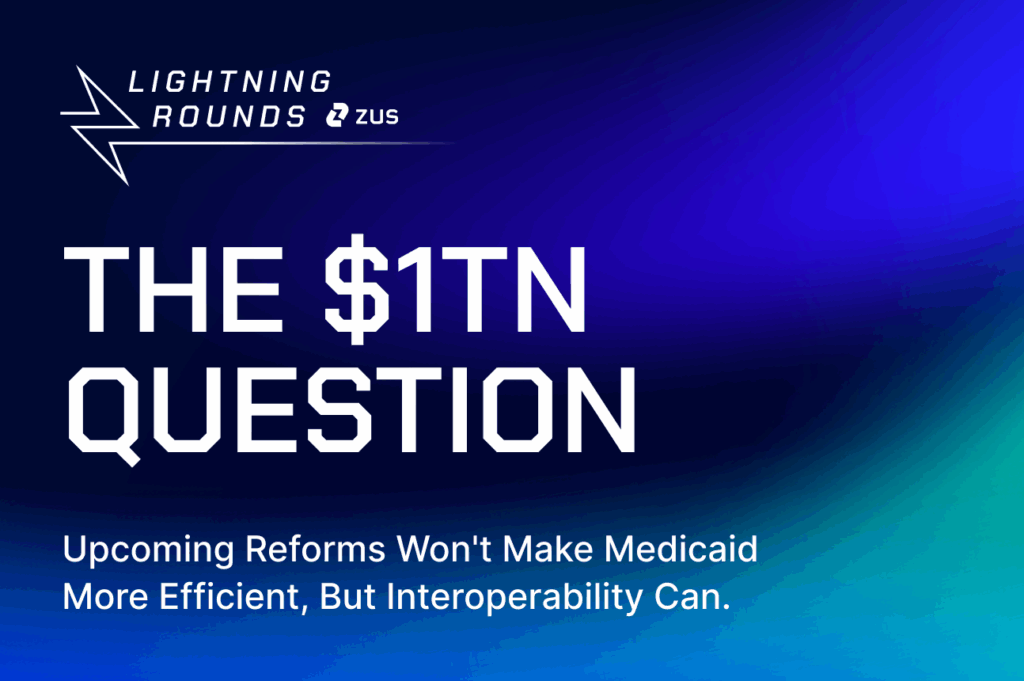When a patient goes to the hospital, the clock starts for value-based care teams. Every minute matters: knowing when the hospitalization happened, why it happened, and–most importantly–what is going to happen next can be the difference between keeping a patient on track or seeing them back in a hospital bed.
That’s exactly the gap Zus Hospitalization Summaries was built to close. It cuts through the noise, consolidating admission and discharge events, adding the missing clinical context and proactively alerting care teams when action is needed so follow-up care stops slipping through the cracks.
Because right now, too many care teams are stuck in chaos. Admission pings with no follow-up. Discharge summaries that never arrive—or arrive days later by fax, forcing staff to sift through blurry pages to find key details. Sometimes, the only way to piece together what happened is to actually ask the patient for their discharge medication list. That’s not just inefficient—it’s putting the burden on the very person who needs support the most. It also chips away at trust. If you’re their doctor, how do you not already know what happened? Meanwhile, the rest of the context lives in PDFs no one has time to hunt down or shift through.
Preventing a readmission can change the course of a patient’s life, and it also allows care organizations to keep doing the work for the next patient who needs them. In value-based care, caring well and running well go hand in hand. When follow-up slips through the cracks, the human cost is obvious. Nearly 3.8M people in the U.S. are readmitted to the hospital within 30 days each year, at an average cost of $15,200 per readmission. These costs don’t vanish. They fall to the very teams working hardest to keep patients well.
But too often, these teams are lost in the noise. The result? Slower interventions, missed follow-ups, higher readmission risk–and a patient who’s left wondering if their care team is truly connected.
Why we built it
For too long, transitions of care have depended on fragmented ADT feeds—where every encounter might trigger a new alert, and every alert requires manual review. That’s not scalable, especially for organizations managing thousands of patients.
Instead of sending you a stream of separate hospitalization alerts, Zus creates one complete record for each event, adds the supporting clinical documents, and puts it where your team works—inside the Zus App, through your own systems, or in analytics platforms like Snowflake. That means less chasing data and more time acting on it.
Want to see it in action? We’ll walk you through how Hospitalization Summaries help care teams intervene faster, and smarter.
👉 Connect with Zus
What it does
Hospitalization Summaries take disconnected alerts and stitch them into a single, coherent story. For each inpatient or ED event, Zus surfaces:
- A unified episode of care—grouping all related ADTs and transitions
- Key context like discharge disposition, diagnosis, and transition type
- Clinical documents as they arrive—not just at discharge
- Signals like behavioral health flags, readmission risk, or ED-to-inpatient escalations
In practice, this means:
- Working with our ADT and HIE partners, we notify customers within 1 hour of an ED or inpatient encounter 90%+ of the time
- We automatically find and attach encounter and discharge summaries for over 70% of ADT events
Zus can send real-time alerts to care teams when a hospitalization meets your criteria. For example, you might choose to be notified only when a patient is discharged to a skilled nursing facility without a follow-up, or when an ER visit includes a behavioral health flag.
And it doesn’t stop at the individual patient level. These insights are also queryable at scale, so you can identify population-level patterns: frequent flyers, common causes of readmissions, care teams that need additional support.
What makes Zus different
Most vendors deliver data. Zus delivers a clear, complete story.
You get:
- One episode of care, not a flood of pings
- Clinical documentation fetched automatically throughout the hospitalization, not just at discharge
- Customizable, real-time alerts
- Normalized, structured outputs ready for analysis in Snowflake or your preferred tools
- Data from multiple sources, like your EHR, national health information exchanges, prescription networks, lab data, to uncover trends you’d otherwise miss
This enables fast intervention at the individual level, and powerful insight at scale. For example, identifying patterns like fall-related hospitalizations in patients previously prescribed benzodiazepines—critical visibility for care program design and quality teams.
Real-word Impact
When Pair Team rolled out Hospitalization Summaries, they quickly saw how much the right data in the right format in their existing system of use could change the game. By consolidating events and surfacing the most important clinical context, they 2x the number of discharges they could identify and act on—without slowing down their outreach. In fact, they maintained rapid follow-up times and freed up 10% of provider time, giving their team more capacity to engage with patients who needed them most.
💡 Hungry for more?
Check out the Pair Team case study for the play-by-play.
Another customer of ours–one of the largest providers of in-home physician services for vulnerable populations, operating in 14 states with >150 providers–saw similar results. With Hospitalization Summaries, they found 28% more unique ADTs and 25% more discharge records compared to their existing source. The efficiency gains were immediate—care coordinators saved an average of 90 minutes per day, time they could redirect toward direct patient engagement instead of chasing down information.
And while the numbers speak for themselves, the real win is this: care teams finally have the clarity to focus on patients, not paperwork.
Ready to simplify your transitions of care?
Every missed transition is a missed opportunity to improve outcomes.
By giving care teams the full picture, in real time and in the right format, Hospitalization Summaries make it easier to intervene, engage, and ultimately, reduce the cost of care.
Still piecing together hospital events with alerts and PDFs?
Let us show you how Hospitalization Summaries work inside the tools your teams already use.




